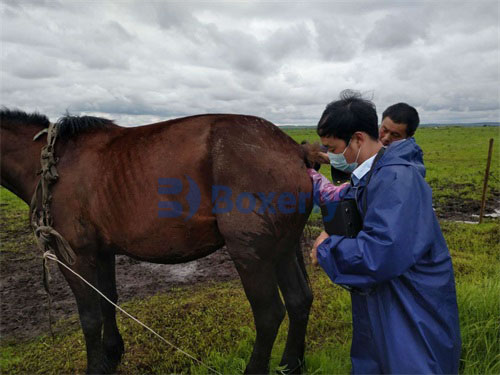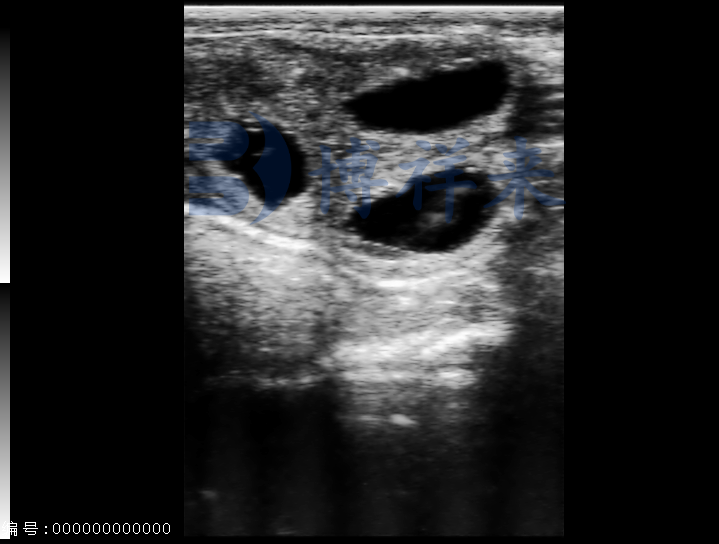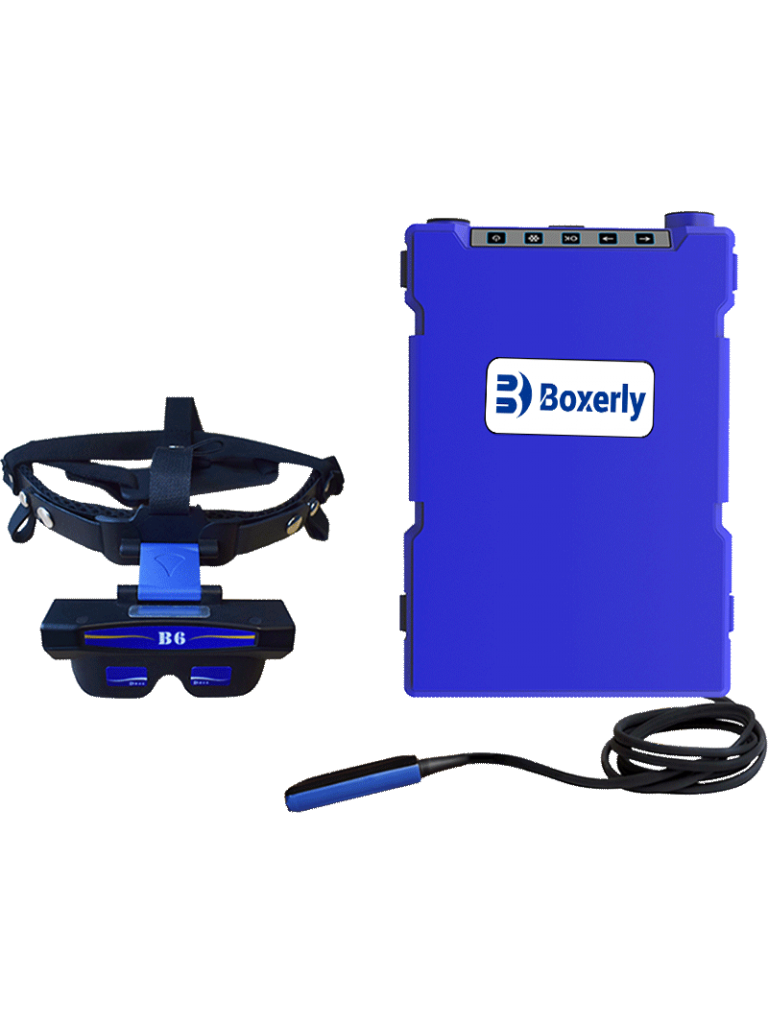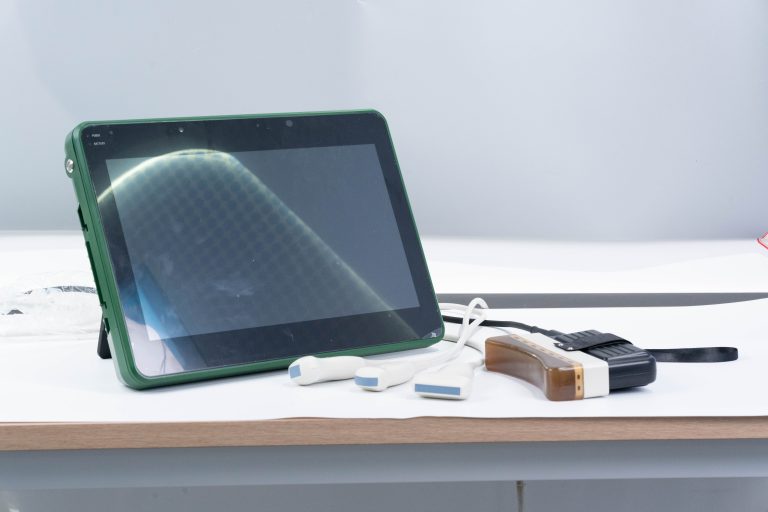Best horse ultrasound machine: veterinary use
When it comes to horse care, especially in breeding, injury diagnosis, and reproductive management, having a reliable ultrasound machine is a game-changer. As any equine vet or experienced horse owner will tell you, ultrasound technology has revolutionized how we monitor a horse’s internal health without stress or invasive procedures. But with so many options on the market, which is the best horse ultrasound machine for veterinary use?

Let’s chat about what really matters when choosing an ultrasound device for horses, how veterinarians abroad approach ultrasound diagnostics, and what features make some machines stand out from the rest.
Why Ultrasound Is Essential in Equine Veterinary Practice
Ultrasound, sometimes simply called sonography, uses sound waves to create real-time images of soft tissues, tendons, ligaments, and organs inside the horse. Unlike X-rays, it’s safe for repeated use and doesn’t involve radiation.
Foreign vets especially appreciate ultrasound’s role in diagnosing:
-
Tendon and ligament injuries (common in performance horses)
-
Reproductive health checks in mares and stallions
-
Detecting joint inflammation or fluid accumulation
-
Monitoring pregnancy and fetal development
-
Examining abdominal organs like kidneys, liver, and intestines
The ability to “see inside” without sedation or invasive surgery means faster, more accurate treatment decisions — a huge plus for horse welfare.
What Features Matter Most in a Horse Ultrasound Machine?
Veterinary professionals abroad often highlight these key features when picking an ultrasound system for equine use:
| Feature | Why It Matters |
|---|---|
| Portability | Horses are big; vets need a lightweight, mobile device |
| Image Resolution | Clear images help identify subtle tissue damage |
| Probe Variety | Different probes for tendons, abdomen, and reproductive exams |
| Battery Life | Longer battery supports field visits without recharge |
| Ease of Use | Intuitive interface saves time during busy clinical exams |
| Durability | Rough barn conditions demand rugged machines |
| Data Storage & Sharing | Easy saving and sharing of scans with clients or specialists |
These features make or break the daily usability of the ultrasound machine in a real-world barn or clinic environment.
Popular Horse Ultrasound Machines Vet Pros Recommend
Veterinary communities across Europe, North America, and Australia have tested many devices. Here are some favorites:
1. SonoSite Edge II
Highly portable and rugged, the SonoSite Edge II offers excellent image quality and versatile probe options. It’s often praised for its ease of use and strong battery life, making it perfect for on-the-go equine vets.
2. Esaote MyLab Alpha
Esaote is well-known in veterinary circles, and the MyLab Alpha combines high-resolution imaging with a compact design. It supports a wide range of probes for musculoskeletal, reproductive, and abdominal exams.
3. Aloka SSD-5000SV
Though a bit older, Aloka machines are still favored for their durable build and excellent image clarity, especially for tendon and ligament assessments.
4. GE LOGIQ e
This model is praised for detailed imaging and intuitive controls. Its advanced software helps vets analyze and annotate images, which is useful when monitoring healing progress over time.
5. Boxianglai BXL-V50
A budget-friendly but capable option, the BXL-V50 provides good image quality and wireless connectivity for sharing scans with specialists remotely — a feature increasingly valued worldwide.

Probe Types and Their Veterinary Uses in Horses
Choosing the right probe is as important as the machine itself. Here’s a quick overview:
| Probe Type | Typical Use in Equine Medicine |
|---|---|
| Linear Probe | Tendons, ligaments, superficial soft tissues |
| Convex Probe | Abdominal organs, pregnancy checks |
| Microconvex | Reproductive exams, including early pregnancy |
| Sector Probe | Cardiac and deeper organ imaging |
Vets abroad often carry multiple probes to cover all examination needs, switching depending on the clinical question.
How Foreign Vets Integrate Ultrasound into Equine Care
In countries like the US, UK, Germany, and Australia, ultrasound is considered a standard part of routine horse health checks, especially for performance and breeding stock.
-
Tendon injuries: Ultrasonography allows early detection of fiber damage before lameness occurs, so treatment can start early and prevent long-term issues.
-
Reproductive management: Mares undergo regular scans during the breeding season to track follicle development, confirm pregnancy, and monitor fetal health. Stallions are sometimes scanned to assess testicular health and sperm production.
-
Pre-purchase exams: Ultrasound is increasingly common to evaluate a horse’s musculoskeletal condition, helping buyers avoid hidden problems.
The consensus is clear: ultrasound enhances decision-making and ultimately improves horse welfare and performance outcomes.
Practical Tips for Using Horse Ultrasound Machines
Veterinary ultrasound isn’t just about owning a machine — technique counts a lot. Here are some tips from experienced equine vets:
-
Use plenty of ultrasound gel to ensure good probe-skin contact, especially over tendons with less soft tissue.
-
Position the horse comfortably and avoid unnecessary stress — calm animals yield better images.
-
Familiarize yourself with normal anatomy and common injury patterns to interpret images accurately.
-
Compare bilateral limbs to spot subtle differences that may signal early pathology.
-
Save and organize scans digitally to track healing or reproductive progress over time.
Maintenance and Longevity of Ultrasound Equipment in Barn Settings
Horse barns are tough environments — dust, moisture, and rough handling can take a toll. Vets abroad recommend:
-
Cleaning probes and screens after each use with manufacturer-approved wipes.
-
Regularly checking cables and connectors for wear.
-
Storing machines in padded cases during transport.
-
Scheduling periodic professional servicing.
Taking care of your ultrasound device ensures reliable performance and protects your investment.
Cost Considerations: What to Expect
Equine veterinary ultrasound machines range widely in price, roughly from $5,000 for basic portable units up to $40,000 for top-tier systems with advanced imaging and probe options.
While the initial cost may seem high, vets often find the benefits in improved diagnosis, faster treatment, and better breeding outcomes justify the investment.
Some clinics opt for renting or sharing machines, especially in rural areas, to access quality imaging without full purchase costs.
Emerging Technologies and the Future of Equine Ultrasound
The ultrasound field is evolving rapidly:
-
Wireless probes are gaining traction, allowing vets to scan without cumbersome cables.
-
3D and Doppler ultrasound provide more detailed blood flow and structural information.
-
AI-assisted image analysis is starting to help detect abnormalities automatically.
As these advances become more accessible, the gap between large equine hospitals and field practitioners will narrow, benefiting horses everywhere.
Summary Table: Comparing Top Horse Ultrasound Machines
| Machine | Portability | Image Quality | Probe Options | Battery Life | Price Range |
|---|---|---|---|---|---|
| SonoSite Edge II | Excellent | High | Multiple (Linear, Convex) | Up to 3 hrs | $15,000-$20,000 |
| Esaote MyLab Alpha | Very Good | Very High | Wide variety | ~2 hrs | $25,000-$35,000 |
| Aloka SSD-5000SV | Moderate | High | Limited | Wired only | $10,000-$15,000 |
| GE LOGIQ e | Good | Very High | Several | ~2.5 hrs | $30,000-$40,000 |
| Boxianglai BXL-V50 | Good | Good | Moderate | Wireless option | $3,000-$6,000 |
Veterinary ultrasound machines are more than just gadgets — they’re essential tools that deepen our understanding of horse health. Selecting the right machine comes down to balancing image quality, portability, and usability, aligned with your clinical needs and budget. The best horse ultrasound machine ultimately enables vets and owners to make smarter decisions, reduce downtime from injuries, and improve reproductive success.
By learning from vets around the world and incorporating these insights, you can choose a system that serves your equine practice well today and adapts as new technology emerges tomorrow.





